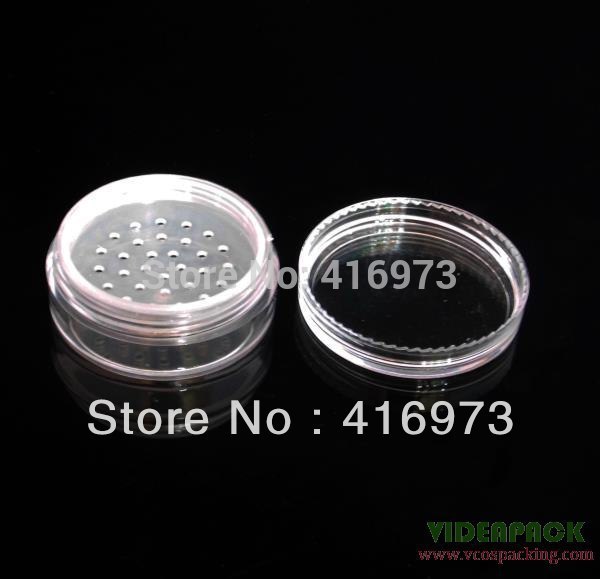
Hey nuggets, today I wanted to share acne face mapping with you all. Face mapping is entering modern clinics with blazing popularity, and has its roots from ancient Chinese medicine and Ayurveda. Using the technique of face mapping you can pinpoint the cause of your acne depending on where it exists.
I really like this idea because it treats acne from the inside. It'll not only help blemishes, but also improve your whole well being. Natural and everything. Count me in. XD
Here are some changes you can make using face mapping:
Upper Forehead: linked to Digestive System
- Antioxidant foods
- Less processed foods, control fat in diet
Lower Forehead: irregular sleeping, stress
- Sleep earlier (ideally before 11pm), wakeup earlier
- Meditate, deeper breaths
- Adequate sleep (to rest liver)
- Lighter foods: avoid alcohol, foods high in fat
- Avoid late night snacks (again for that liver)

- Check blood pressure and Vitamin B levels
- Lower cholesterol (eat good fats like omega 3 in nuts, avocados, fish)
- Less pungent food, less salt and meat
- Drink more water
- Less salt and caffeine
Cheeks: linked to Lungs/ Respiratory System
- Check allergies
- Avoid smoking,
Mouth and Center Chin: linked to Stomach
- Eat fresh food, high fibers
Sides of Chin: Reproductive Organs and Kidney
- Hormonal Imbalance and Menstrual Cycle huge factors
- Relax, eat foods that help balance hormones









